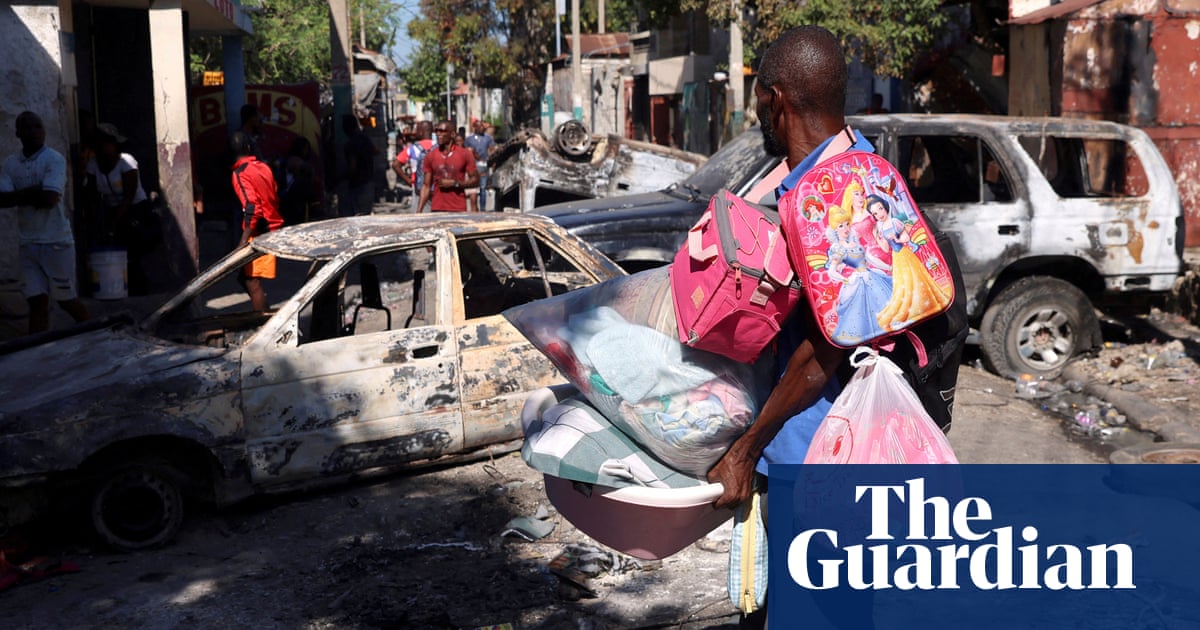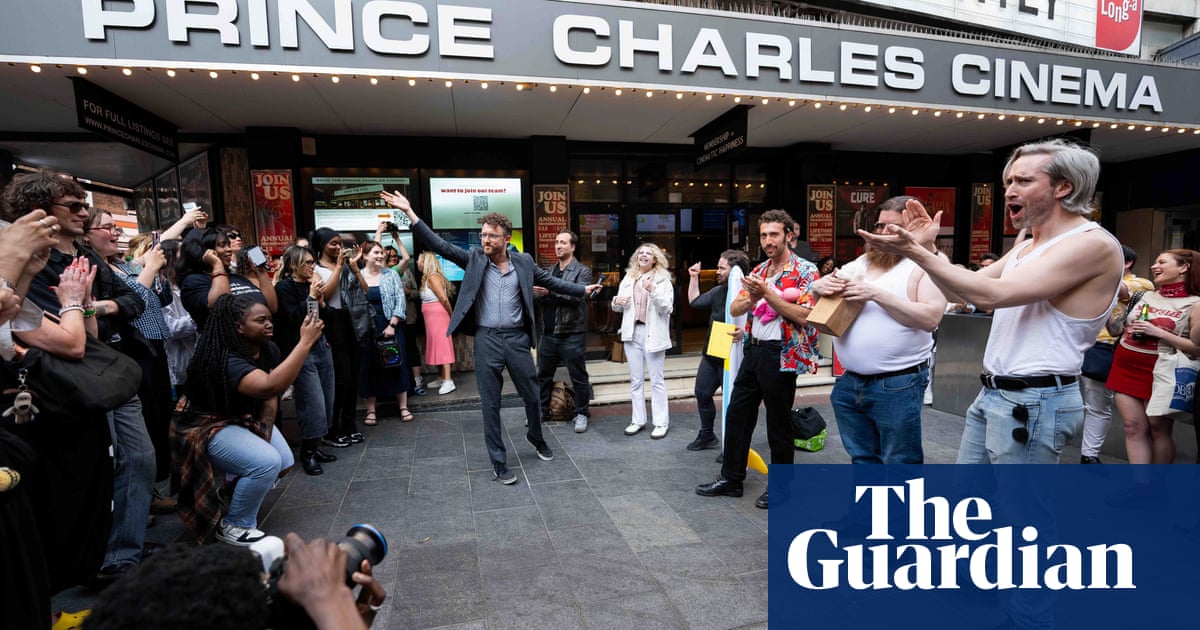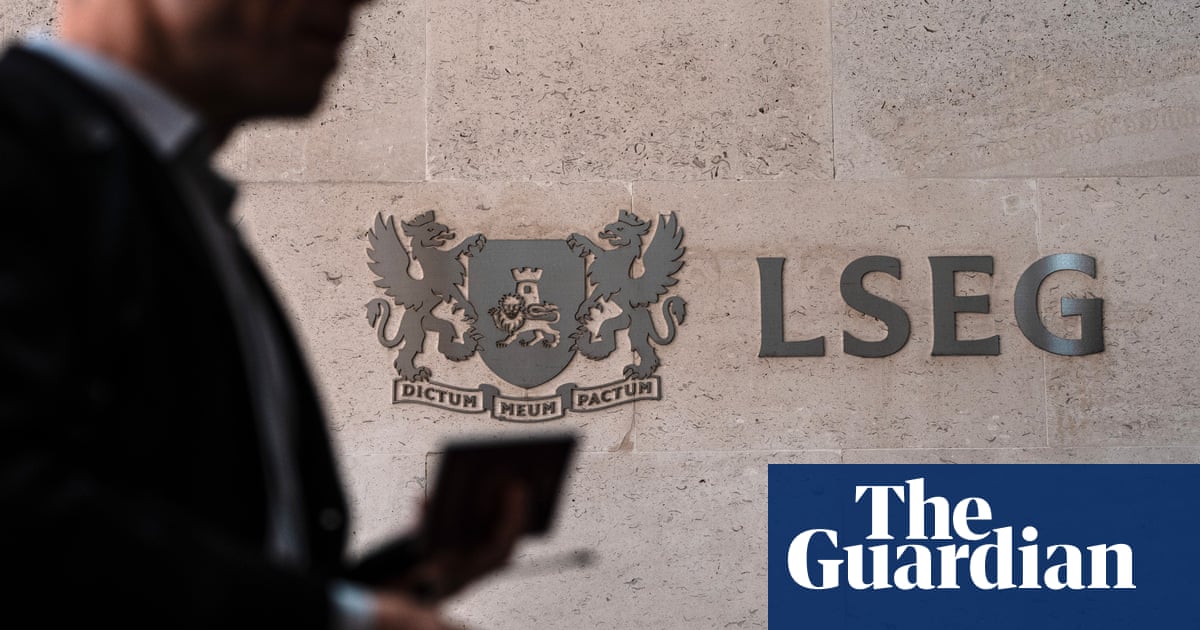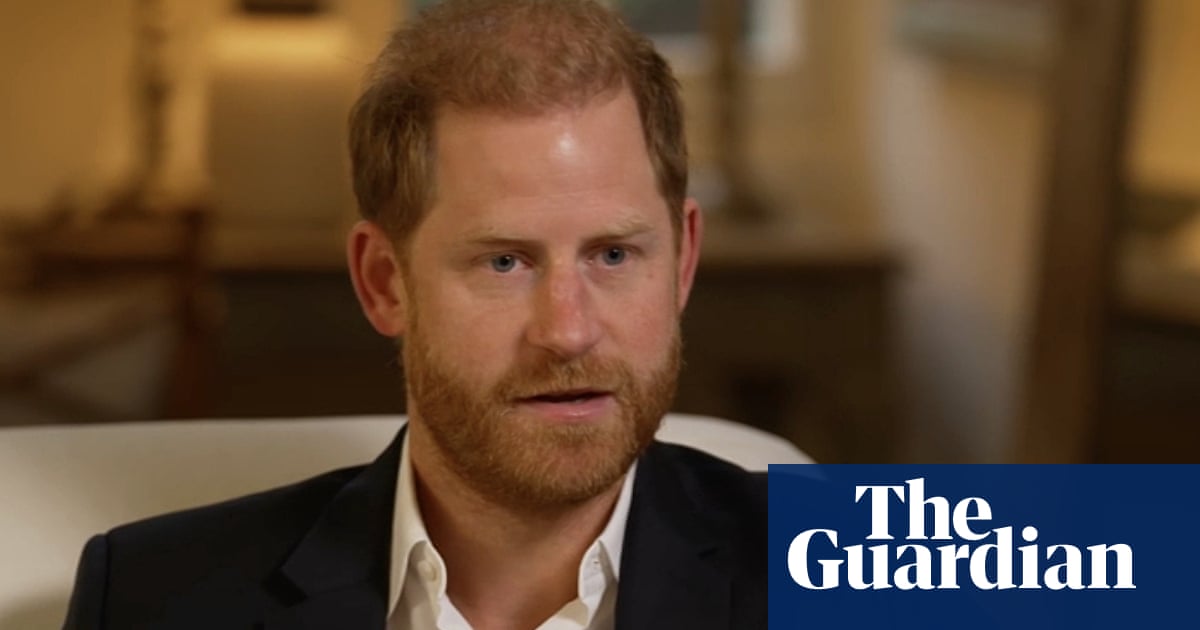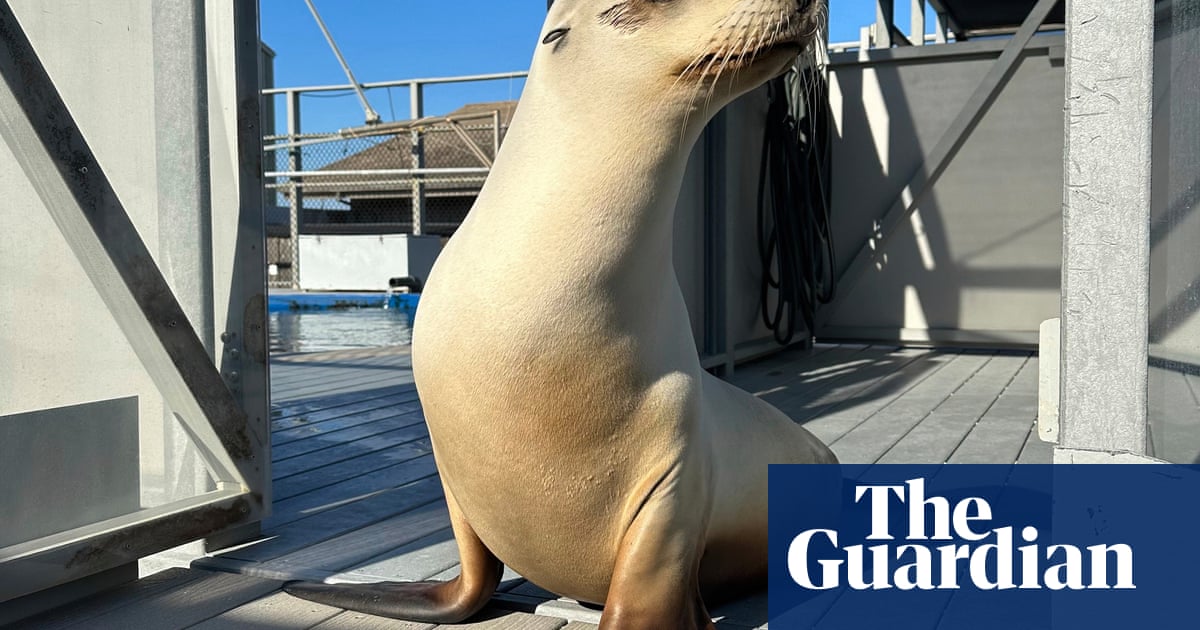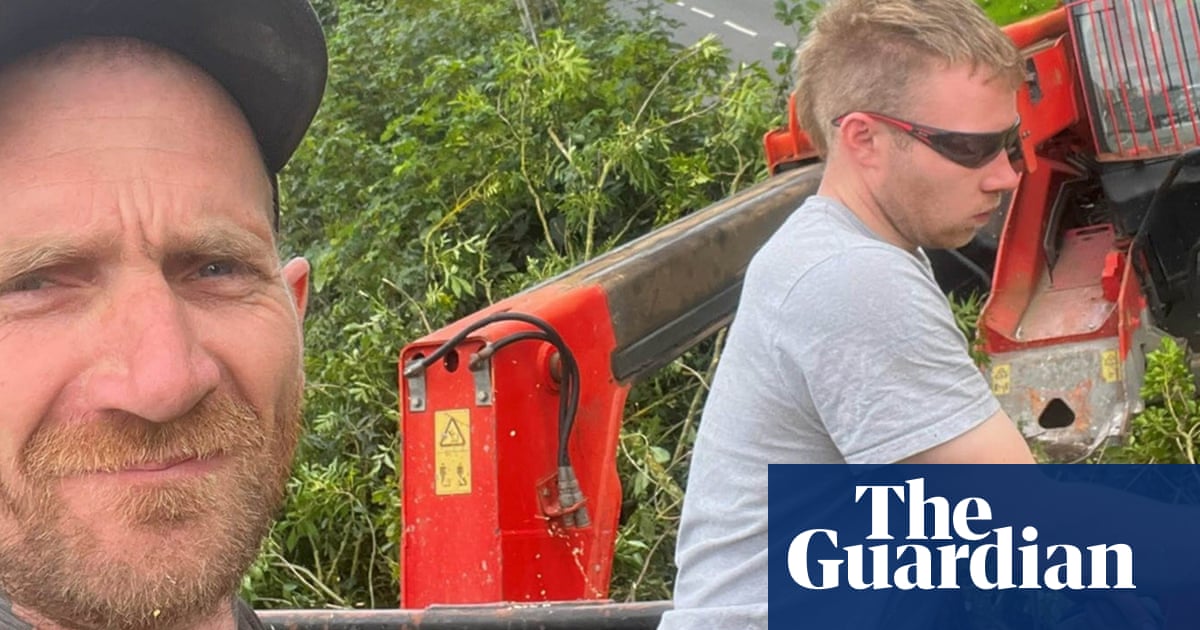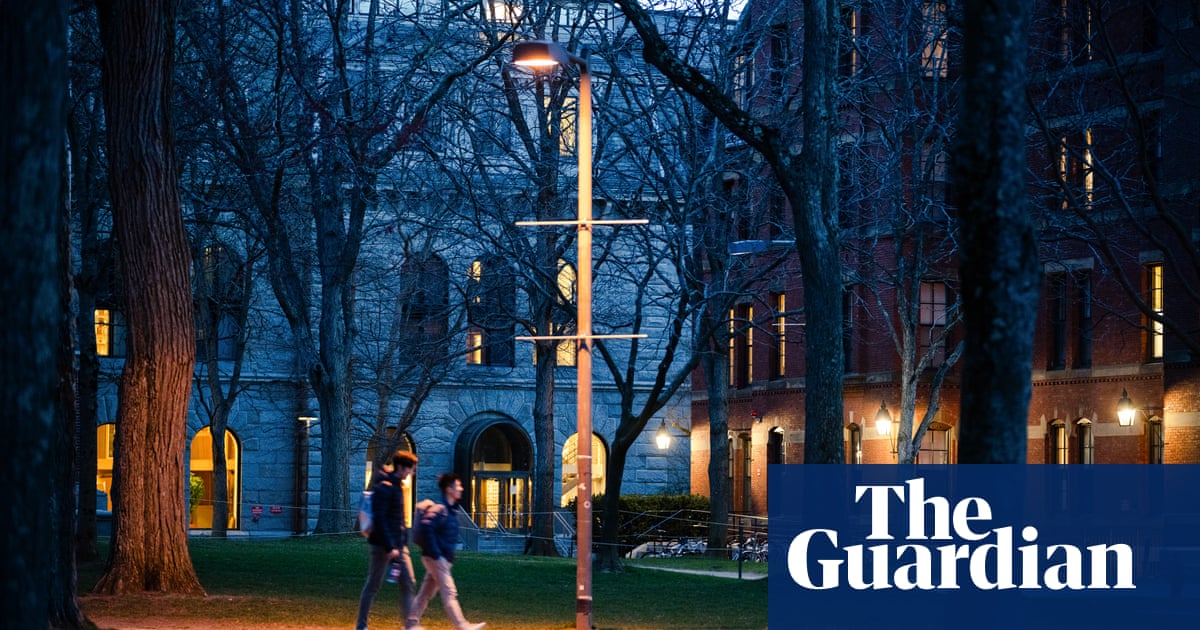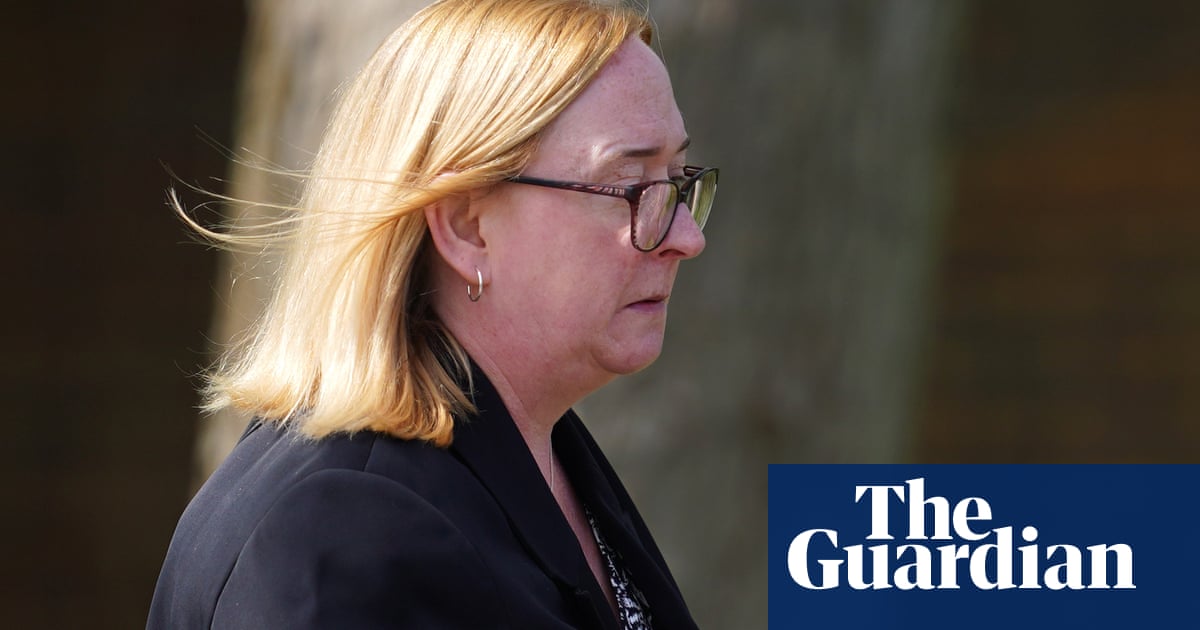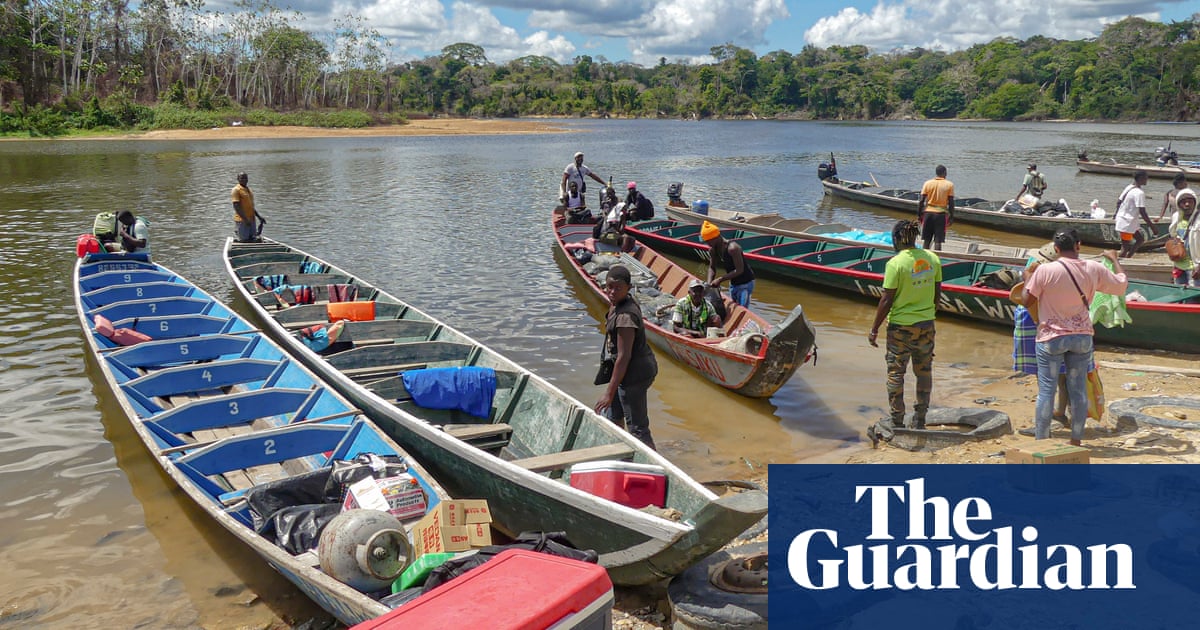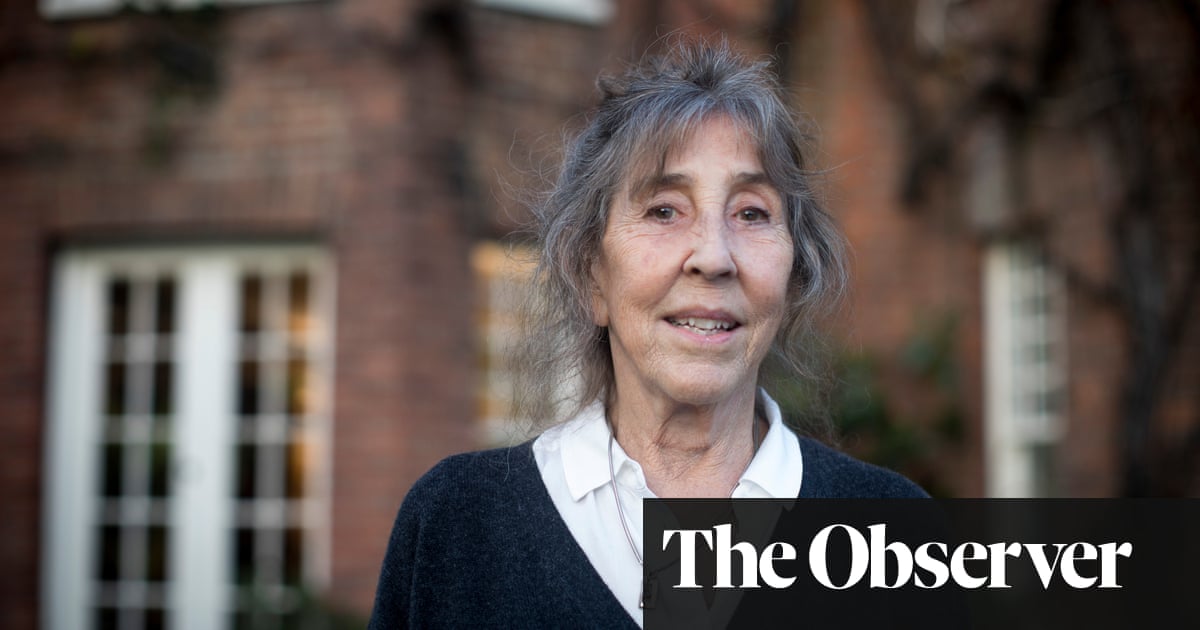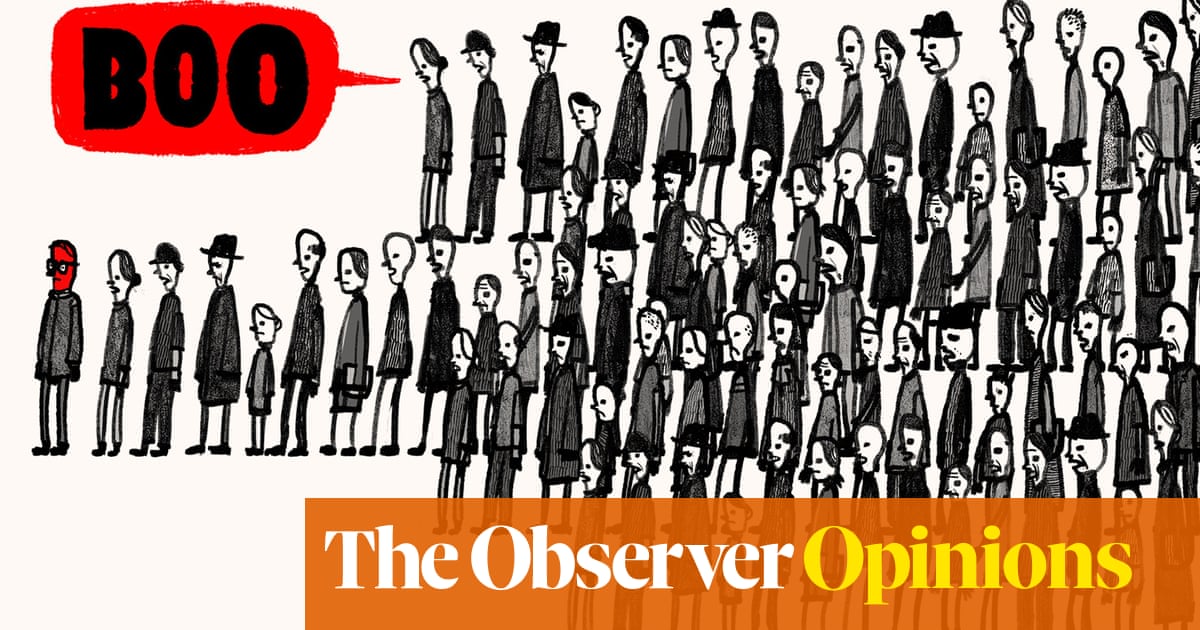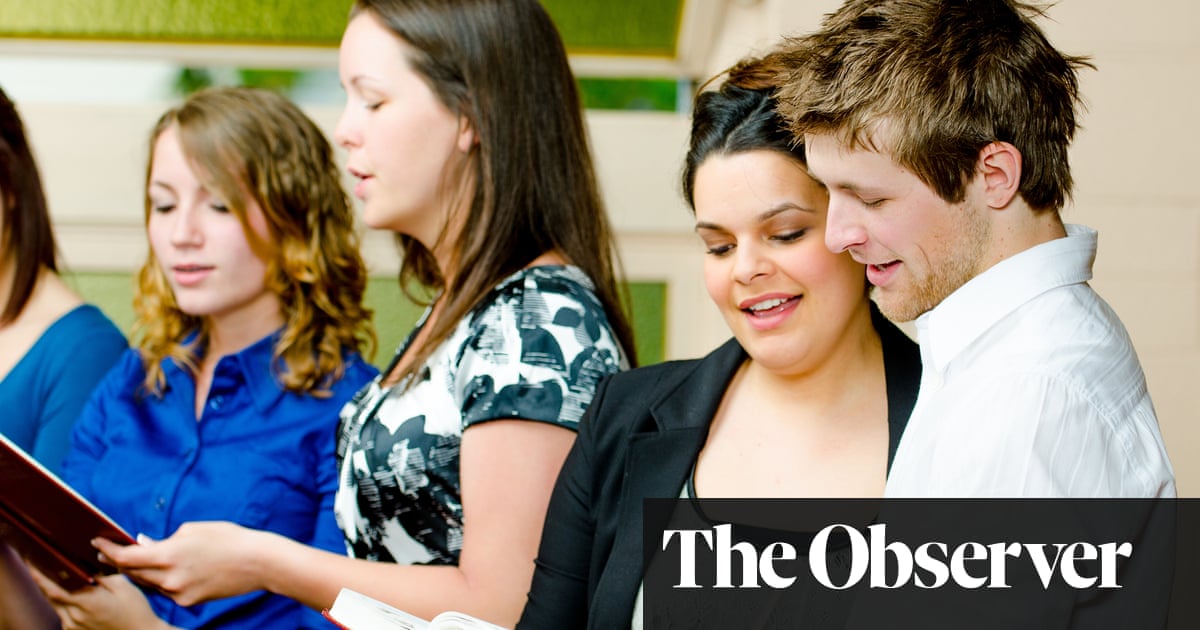Buddhist academics and monastic leaders have condemned an auction of ancient Indian gem relics which they said were widely considered to be imbued with the presence of the Buddha.
The auction of the Piprahwa gems will take place in Hong Kong next week. Sotheby’s listing describes them as being “of unparalleled religious, archaeological and historical importance” and many Buddhists considered them to be corporeal remains, which had been desecrated by a British colonial landowner.
Prof Ashley Thompson, of Soas University of London, and the curator Conan Cheong, both experts in south-east Asian art, also claimed the auction raised ethical concerns about the ownership of treasures “wrongfully acquired during the colonial era”.
The gems, which are expected to sell for about HK$100m (£9.7m), are being sold by three descendants of the British engineer William Claxton Peppé, who in 1898 excavated them on his estate in northern India. They include amethysts, coral, garnets, pearls, rock crystals, shells and gold, either worked into pendants, beads, and other ornaments, or in their natural form.
The gems were originally buried in a dome-shaped funerary monument, called a stupa, in Piprahwa, in present-day Uttar Pradesh, India, about 240-200BC, when they were mixed with some of the cremated remains of the Buddha, who died about 480BC.
The British crown claimed Peppé’s find under the 1878 Indian Treasure Trove Act, with the bones and ash gifted to the Buddhist monarch King Chulalongkorn of Siam. Most of the 1,800 gems went to the colonial museum in Kolkata, while Peppé was permitted to retain approximately a fifth of them.
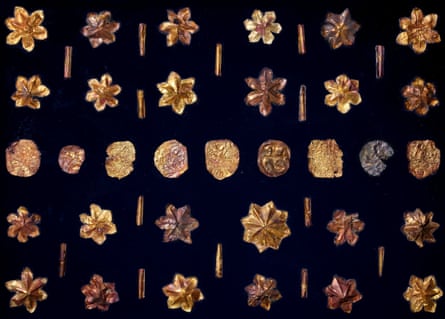
Thomson said: “For the vast majority of devotees, these gem relics are not inanimate objects – they are imbued with the presence of the Buddha.
“The relics – bones, ash and gems – were all found together inside the funerary monument, and were meant by those who deposited them to be together in perpetuity. When excavated they were categorised as human remains on the one hand and gems on the other. This sale perpetuates the colonial violence of that separation.”
Venerable Dr Yon Seng Yeath, the abbot of Wat Unnalom, the headquarters of Cambodia’s Mahanikaya Buddhist order, said the auction “disrespects a global spiritual tradition and ignores the growing consensus that sacred heritage should belong to the communities that value it most”.
Mahinda Deegalle, a Buddhist monastic leader and emeritus professor at Bath Spa University, said the sale was “appalling” and a “humiliation of one of the greatest thinkers in the world”.
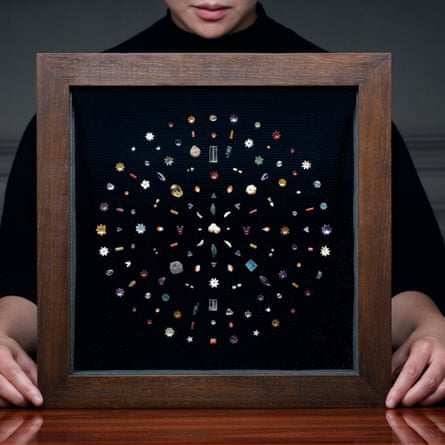
Chris Peppé, a great-grandson of William Claxton Peppé who owns the gems along with two other relatives, said none of the Buddhist temples or experts he had consulted over the past 10 years regarded them as corporeal remains.
“[These] arguments don’t represent Buddhist popular opinion,” said Peppé, a film editor and director based in Los Angeles. “They belong to Buddhist scholarship and don’t help us find a way to get the gems into Buddhist hands. The Piprahwa gems were relic offerings made at the time of the reinterment of the Buddha’s ashes over 200 years after his passing.”
The film-maker, who wrote a piece for Sotheby’s about his family’s custodianship of the gems, said they had considered donating them to temples and museums but this proved to be problematic. “An auction [in Hong Kong] seems the fairest and most transparent way to transfer these relics to Buddhists and we are confident that Sotheby’s will achieve that,” he added.
One of the experts Chris Peppé consulted, John Strong, a professor emeritus of religious studies at Bates College, Maine, said the gems could be regarded in several ways. He said some experts and devotees saw them as special offerings intended to honour the bodily remains of the Buddha, while others viewed them as a special kind of relic, symbolising “the ongoing incorruptibility of the quality of Buddhahood”.
A Sotheby’s spokesperson said: “We conducted requisite due diligence, including in relation to authenticity and provenance, legality and other considerations in line with our policies and industry standards for artworks and treasures.”

 12 hours ago
7
12 hours ago
7


